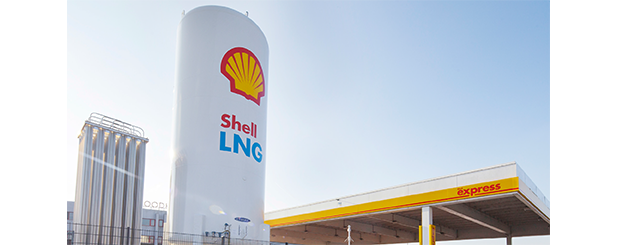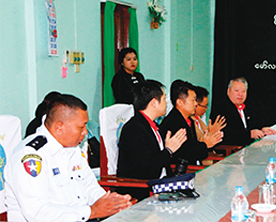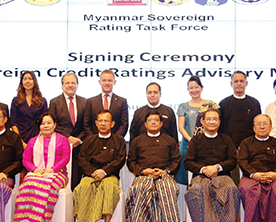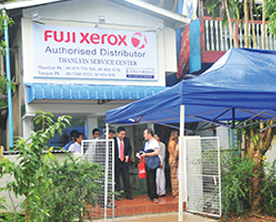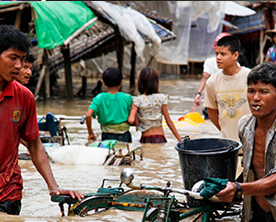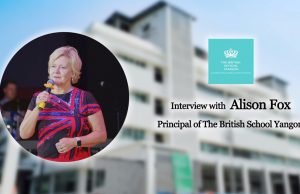Name : Gary Tseng
Nationality : Taiwanese
Position : Chairman
[paypal]MI: When did you first visit in Myanmar and what was your impression like then?
The first time I visited Myanmar was in June 2012. I was here to visit local banks, and had a meeting with government officials and local enterprises. I realized that Myanmar’s government was implementing many changes and reforms to attract more foreign investments, including establishing Foreign Investment Law, permitting car imports, opening foreign exchange business, etc. When I visited Shwedagon Pagoda, I was impressed by the friendliness and kindness of the people in Myanmar. I believed Myanmar was a country with a lot of potential.
MI: What do you think of Myanmar now?
Myanmar has implemented comprehensive economic reforms, passing a new Foreign Investment Law, reforming legal and tax regimes and liberalizing the restrictions on import and export, etc. When I walk on the streets, I can feel the investment boom in Myanmar. Due to too many tourists, the
hotel supply is unable to meet the demand. The price of land and real estate and number of cars are increasing dramatically. In downtown, there are many traffic jams, and I also noticed many hotels and shopping mall are under construction.
MI: How did you end up as the Chairman of E.SUN Bank?
When I was the Director General of the Banking Bureau of the Financial Supervisory Commission, I had understood the reasons for banks’ success or failure. I fully realized that an outstanding bank must have the capability for sustainable development. During the time, I was impressed by E.SUN Bank for its excellence in corporate governance, operation performance, service quality, risk management and Corporate Social Responsibility. The management team is consists of group financial elites with expertise and integrity. E.SUN Bank in Taiwan has won over the trust of the Taiwan’s regulators and recognition by the public. Because I uphold the same business philosophy with E.SUN, when I received the invitation in 2010 from the founder of E.SUN, I joined E.SUN Bank.
MI: What is the origin of E.SUN Bank? In 1992, domestic private banks were permitted to establish in Taiwan. E.SUN Bank was founded by Mr. Huang Yung-Jen, along with a number of financial elites sharing the same ideals. By naming the Bank after Taiwan’s highest peak, the founder and his partners have made clear this resolve and mission to create not only the best bank but also the best-performing, most-trust- ed enterprise in the country. E.SUN Bank gives priority to “establishment of systems, cultivation of human resources and development of information technology” as three pillars of its bid for sustainable development. E.SUN Bank is devoted to providing comprehensive financial services and delivers, outstanding results in all aspects including financial performance, corporate governance, service quality, risk management and corporate social responsibilities.
MI: What are the main growth drivers behind the bank?
Brand: The most beautiful mountain; the most beloved bank.
Service: One time service, lifetime friends. Team spirit: Always serve customers as a team.
MI: Why did E.SUN Bank decide to open representative office in Myanmar?
Myanmar has significant natural resources, a large population, and is a rapidly emerging market with the greatest potential in the Indochina region. Since 2011, Myanmar Government has been implementing a series of political and economic reforms rapidly, and it has brought the desire of investment in Myanmar by Taiwanese enterprises. Along with the increase in the bilateral trade and interactions between Taiwan and Myanmar, E.SUN Bank decided to establish a representative office in Yangon. We not only can serve Taiwanese businesses, but also hope to cooperate with local banks to participate actively in the development of Myanmar financial industry.
MI: What are you strategies going forward to secure a bank operating license here?
E.SUN has a representative office in Myanmar, hence we hope to bring in more investment from Taiwan to Myanmar, and we will assist the cooperation between Taiwan businesses and Myanmar’s local businesses. In addition, we hope to have more interactions with local banks to share our expertise and experiences in small and medium Enterprises (SMEs), risk management and management know-hows.
MI: Please tell us more about services offered by E.SUN Bank representative office Yangon?
In compliance with the regulations of Myanmar, our Yangon representative office can provide the following services such as,
– Implement the function of a liaison office, – Conduct market surveys,
– Develop investment projects of E.SUN Bank in Myanmar,
– Facilitate the communication between E.SUN Bank head office and Myanmar authority,
– Maintain relationship with local enterprises and Taiwanese customers, and
– Provide consulting services to Taiwanese customers who are interested in investing Myanmar
MI: How will E.SUN Bank support the foreign direct investments in Myanmar in terms of banking services?
Currently, E.SUN is part of a network of 152 channels across Taiwan, ASEAN, China and USA. Because E.SUN has a representative office in Myanmar, E.SUN Bank can provide more assistance to Taiwan businesses when they make investments or set up factories wanese and local business, there will be higher trade volumes.
MI: What do you think are the unique selling points of E.SUN Bank and how are you planning to compete against other foreign banks in the country?
Business wise, E.SUN Bank is No. 1 in volume of SME lending among private banks in Taiwan; top 3 in credit card business and the most trustworthy bank in public surveys. We have also been awarded as the Best Domestic Bank and Best SME Bank by International Institution in 2014 and 2015 respectively. E.SUN Bank has also established a corporate culture with a spirit of teamwork, and put emphasis on the cultivating talents, information technology and establishing systems. E.SUN has won public recognition on corporate governance, financial performance, service quality, risk management and corporate social responsibilities (CSR). We hope to have more cooperation, instead of competition, with Myanmar’s financial institutions to create more customer value and show winning results.
MI: From a business standpoint, what do you feel are the biggest challenges facing you and your team in Myanmar in next 1-3years?
We are looking forward to an opportunity to upgrade our representative office to become a branch and by that time we can operate local financial services, and deepen the co- operation with local financial institutions. MI: What are your views on the potential of the country’s banking sector? Myanmar has high potential for rapid growth and development given its rich natural resources, abundant labor force, and strategic location. Greater regional cooperation can unlock the growth potential arising from increased trade and cross-border investment. Myanmar’s ties with the Association of Southeast Asian Nations (ASEAN) also offer a range of new opportunities. Economic development gives rise to demand for trade credit and financing will provide great opportunities for the banking sector. The fast-growing middle class will also be the driver of growth for financial services, e.g. credit card or mobile banking.
MI: What are your expansion plans into other part of the world?
A strategic objective of E.SUN Bank is to be- come a benchmark for regional-type banks in Asia following the footsteps of Taiwan- esefunded companies. E.SUN Bank is expanding overseas to focus on Asia, especially ASEAN markets. Currently, E.SUN has a network of 152 channels across Taiwan, Hong Kong, China, Vietnam, Cambodia, Myanmar, Singapore and USA. With continuous efforts to integrate and expand, we will provide a comprehensive cross-border financial service to customers.
MI: If you could make a change to one major government policy, what would it be?
A foreign bank here can open only one branch. So, market share of foreign banks is so small. However, foreign banks can bring more international customers and investments. International investments will increase and GDP growth will be bigger and bigger. This is also very good for local banks to develop and good for the economy also. Besides, foreign banks can bring here better management expertise to enhance banking development and knowledge. That can upgrade professional people here. When Taiwan decided to adopt export-driven economy in 1960s, we opened up the market to foreign banks. So, all good foreign banks came to Taiwan. They brought expertise, management know-how and cultivated human resources. Now, Taiwan has 40 local banks and 30 foreign banks. Foreign banks bring banking knowledge and even good IT systems. It enhances management system and improves technology. However, the market share of foreign banks is still very small, so I encourage the government here to open more market to foreign banks for improving the financial services and foreign investments.
MI: What can you promise to Myanmar, if you got your banking license here?
We will bring E.SUN expertise and more Taiwanese companies to invest. We will provide cooperation with local banks to share our expertise. Besides, we will hire more local people and provide good working environment. That is our commitment.[/paypal]




